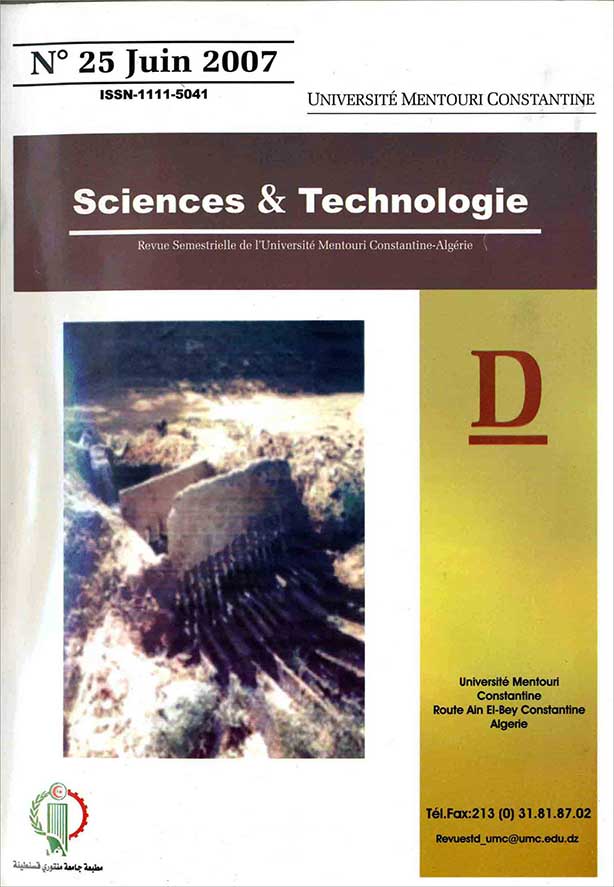POST OCCUPANCY EVALUATION PROGRAMME (or POE): An assessment method for buildings efficiency
Mots-clés :
Evaluation, post occupation, satisfaction, performances, efficiency, efficacy, sport and leisure centres.Résumé
Post Occupancy Evaluation (or POE) is one concept that first developed in North European countries. Later it becomes widely adopted by building researchers in Continental Europe (expressly in France) under the expression of ‘Evaluation Post-Occupationnelle’. In fact, this concept consists in a series of methods [1;2] that allow to evaluate both objectively and/or subjectively mostly occupied buildings to check upon the extent of their performance. Assessing building (both indoor and outdoor) environment allows checking the effective efficiency of the design, to correct as much as possible any deficiency, and most important avoid similar mistakes in future buildings. This paper intention is to provide a useful guidance and framework for the process of one Post Occupancy Evaluation (POE) program throughout the main problems of design and use of existing sports centres in Constantine (Algeria). It also suggests ways in which operational research could help find possible solutions.
Références
Moser G., “Questionner, Analyser et Améliorer les Relations à l’environnement” Espaces de Vie: Aspects de la Relation Homme-Environnement, éd. Armand Collin, Paris, 2003, pp.11-42
Fisher G.N. and Vischer J., “l’Evaluation des Environnemnets de Travail, La méthode Diagnostic”, Presses de l’Université de Montreal, 1997
Research in Action. “An integrated design study”, Architectural Research and Teaching, November 1980.
Hillier,B., and Leaman, A., “A new Approach to Architectural Research”, RIBA Journal, London, 1982
Rabinowitz, H.Z., and Canter, Davids, “ A study of buildings in use”, University of Wisconsin, 1986. [6] Markus ,T, “The Role of Building Performance: Measurement and Appraisal in design Method”, Broadbent,W, 1969.
Social Services Buildings Research Team (SSBRT), “The Appraisal of Buildings”, Oxford Brookes University, July 1996
Built Environment Research Group, “The Changing Indoor Sports Centres”, Sports Council Study, 23, Sports Council, London, 1997.
Korichi, A, Mphil Study: “Design and Use of Recreation Centres”, Oxford Brookes University, 1987.
Zeisel, J, “Inquiry by Design: Tools for Environment”-Behaviour Research, Cambridge University, 1986.
Saffidine-Rouag Dj., “Sunlight Problems Within New Primary School classrooms in Constantine”, PhD. Thesis, Architecture Dept., Constantine University, Apr. 2001, pp: 55-58
Russel, V. &Al. ‚”Environmental Psychology: An Interdisciplinary Perspective’. New Jersey, USA: Prentice Hall, Inc.,1995.
Rawlison, C., “Health Building Evaluation Manual, Architectural Research Unit”, Polytechnic of North London, November 1983
Cohen, L and Manion, L, “Research Methods in Education” , London, Routledge, 1994.
Guba, E.G, and Lincoln, “Fourth Generation Evaluation”, London, Sage, 1989.
Robson, C , Real World Research: Source for Social Sciences, Oxford, 1993.
Newman, R, “Study and research: Systematic Approach”, Oxford brookes University Booklet, 1986.

